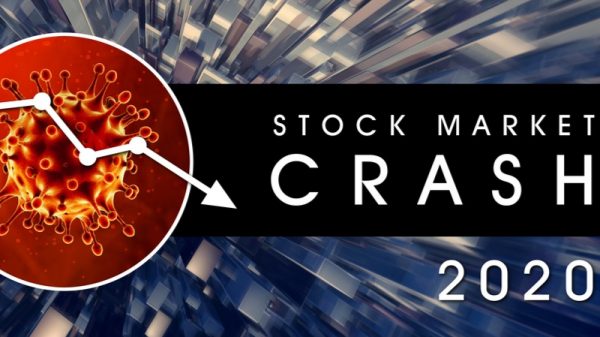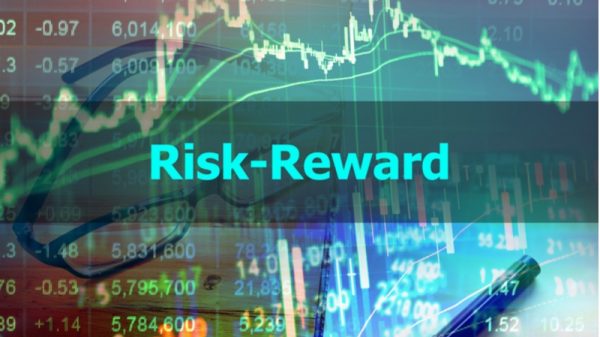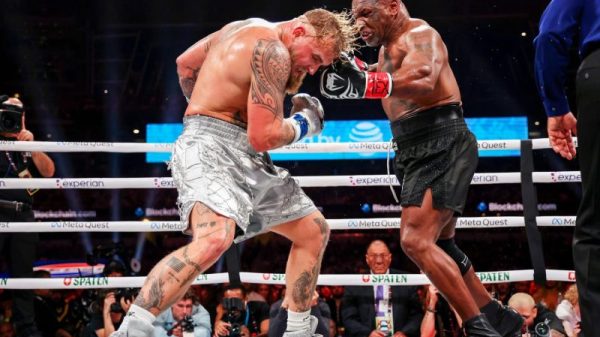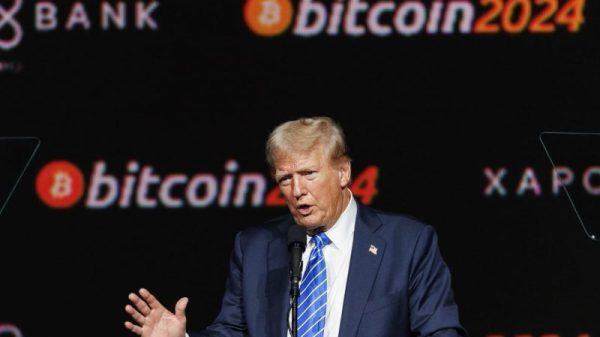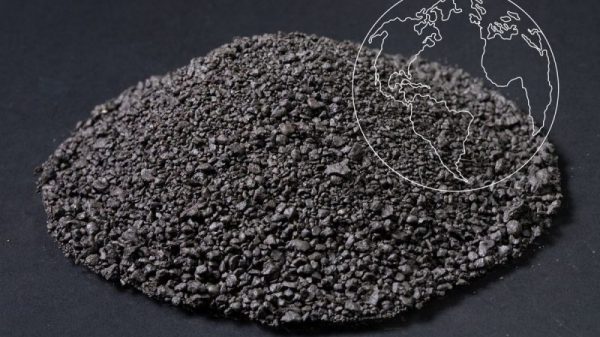This article was written by Chris Young and was first published on Epsilon Options (now part of SteadyOptions).
The Options: Greek Vega Explained
Investing in options is always challenging because you need to predict with the greatest degree of accuracy possible what is likely to happen to the price of a potential option. To complicate matters further, the price of the option may be distinct to the price of the underlying asset.
By looking at the Greek metrics of sensitivity, you can understand how an option is price sensitive to changes. One of the Greek metrics is vega, which measures the sensitivity of the option to the volatility of the asset.
Unlike the three other primary Greek metrics, vega is not actually a Greek letter. It is denoted by the Greek letter nu and you may see it referenced as “v.” It is also sometimes called kappa.
What Is Vega?
Vega is one of the most important of the Greeks in option pricing. Expressed as a dollar value, it measures how much the price of an option moves in response to volatility of the underlying asset.
The vega specifies the change in value of the option for a 1-percent change in implied volatility. We can use the vega to determine the potential of an option to rise in value before its expiration.
There are seven factors that impact option price, the most important being implied volatility, strike price, and spot price. The only one that is unknown is implied volatility.
Just like the other Greeks, vega has a model risk. By this we mean that it can only provide useful information if we input accurate implied volatility into the calculation.
Options Vega Math
It’s not necessary to understand the math behind vega (please feel free to go to the next section if you want), but for those interested vega is defined more formally as the partial derivative of options price with respect to implied volatility.
The formula is below (some knowledge of the normal distribution is required to understand it).
Source: iotafinance
What Is Implied Volatility?
Before continuing, it’s important to be clear what we mean by implied volatility.
When talking about vega, you may hear either volatility or implied volatility (which can be shortened to IV). The two mean the same thing: how traders expect the volatility of the underlying asset to rise and drop in terms of both amount and speed.
Volatility can be based on a variety of factors, including recent changes in price, expected changes in price, and even historical price changes in the trading instrument.
Higher volatility means greater uncertainty of the stock price and therefore a greater likelihood of large swings in price. For this reason, higher volatility increases the price of the option, whereas lower volatility reduces the price.
When people are purchasing options, prices are bid up and implied volatility rises. In contrast, when people are selling options, implied volatility decreases.
We express implied volatility as a percentage that relates to standard deviation on an annualized basis. No matter if the volatility is for a put or a call, it is always a positive number.
To apply this to an example, let’s imagine that volatility is 20 percent. The standard deviation over the following year would mean a 20 percent change in price.
Using the normal distribution of standard deviation, this would mean there is a 68.2 percent probability that the price changes by 20 percent. Therefore, if the underlying asset costs $200, the stock would be in the range of $160 and $240.
Strike and Spot Price
The strike price refers to the price that the holder of the option can buy or sell the security. The spot price is the current market price of the asset — or the amount buyers and sellers value the asset — for immediate settlement.
Since finishing in the money is everything for options, it is necessary to consider the strike price relative to the spot price of the asset.
An option responds most to vega when it is in the money or at the money. If the option is at the money, the vega tends to be at its highest, whereas the vega drops as the option moves away from at the money, toward out of the money, and in the money.
The weight of the vega is at its lowest when the option is very out of the money, as the chance of it moving in the money is small.
How Does Time Affect the Vega?
When there is more time until the option expires, the vega is higher. This is because of the time value, which is dependent (among other factors) on the amount of time before the option expires.
The time value is sensitive to changes in implied volatility. It contributes to a large amount of the premium when options have longer terms because there is a greater amount of uncertainty about how the underlying asset will move.
On the other hand, as the expiration date of the option nears, it becomes more apparent how the underlying asset will move. Therefore, the vega is lower near the expiration date and it has a lower impact on the option price.
Positive and Negative Vega
It is also important to note the different implications of a positive and a negative vega.
In long options (both call options and put options), spreads have a positive vega until the expiration date. However, short options and spreads have a negative vega.
Examples of long spreads are calendar spreads and diagonal spreads. In terms of short options, you have strangles, long straddles, iron condors, naked options, and short vertical spreads.
As an option holder, it benefits you for the implied volatility to increase for long options, as this will typically mean an increase in the option price. In contrast, you want to see a decrease for short options, as this will lower the option pricing.
Vega and Bid-Ask Spread
The amount that the ask price exceeds the bid price of the underlying asset is called the bid-ask spread. Put another way, the bid-ask spread is the difference between the minimum a seller will accept and the maximum a buyer will pay for an asset. If the vega is greater than the bid-ask spread, the option is defined as having a competitive spread.
For instance, let’s say that ABC stock is trading at $47 in March and that the April $52 call option has an ask price of $2.65 and a bid price of $2.60. Then, let’s say that the vega is 0.32 and implied volatility is 23 percent. In this example, the call options are offering a competitive spread, since the bid-ask spread is smaller than the vega.
Of course, this is looking at the vega in isolation, meaning you cannot make a judgement that the option is a good trade on this information alone. In fact, the high spread in this case could mean that getting into or out of trades may be too expensive or too difficult to be worthwhile.
Calculating Options Prices with the Vega
To calculate an option price after a change in implied volatility, you simply need to add the vega if the implied volatility has risen and subtract the vega if volatility has fallen. For example, when the option has a vega of 0.10, every 1-percent increment change moves the option price by $0.10.
Let’s return to that ABC stock. We will now imagine that implied volatility has increased by 2 percent from 23 percent to 25 percent. We can calculate both the ask price and the bid price of the option by adding the vega.
The ask price before was $2.65. Therefore, it would now be:
$2.65 + (2 x 0.32) = $3.29
The bid price was $2.60. It should now be:
$2.60 + (2 x 0.32) = $3.24
If, instead, the implied volatility decreased by 2 percent, dropping volatility to 21 percent, we would need to subtract the vega.
This would make that original ask price:
$2.65 – (2 x 0.32) = $2.01
And it would make the bid price:
$2.60 – (2 x 0.32) = $1.96
As you can see from these examples, increases in volatility causes the price of the option to rise, whereas a decrease in volatility causes prices to fall.
How to Use Vega
Typically, investors use vega to analyze options, but some traders also use it to ensure that they maintain an exposure they are comfortable with in their portfolio.
In addition, it is useful for calculating the time value of an option. You can use vega to determine how likely an option value is to rise over a time period before it reaches its expiration date.
For instance, you now know that there is a natural negative correlation with implied volatility and that vega decreases as expiration approaches.
Therefore, you know to look for a hedge that is far out (maybe around six months), as vega will be higher and the option will move as the implied volatility increases.
At the same time, you understand that options at the money are the most expensive, whereas strikes out of the money will start behaving at the money as they see higher implied volatility, which can increase their premium.
Conclusion
Understanding the subtleties of volatility is one of the most challenging, but also one of the most rewarding, aspects of option trading. Learning how implied volatility impacts an overall option premium through vega is a great place to start.




